
6 minute read
EPHEMERAL CONSTRUCTION TECHNIQUES
Environmental Cautious Material Usage
The time gap between the previous and future use offers the opportunity to experiment with alternative building techniques opposed to the marketdriven building industry. Dedicating themselves to environmental activism, occupation projects are also platforms to experiment with environmental iendly solutions, building the temporary interventions out of reused or up-cycled waste material found on-site, or out of donated products that building material re-sellers could not sell.
Advertisement
There is also a new phenomenon unfolding called pre-cycling 1 , that regards buildings as material banks, where construction elements are assembled with joints that do not harm the material (with for example industrial belts or cable ties). As the occupation comes to an end, these elements can be disassembled and either returned to the construction material reseller or shipped to another site to construct a new building there. This approach could also be part of an advertising campaign, where construction companies offer materials with their logos on it for ee for the temporary intervention.
To commit themselves to environmental iendly construction modes and to meet circular-economy requirements on a budget, Communa developed its own network connecting those who have materials to offer or are in need of it.2. Additionally to their operation, this network also facilitates other sustainability-driven collaborations between di fferent entities (including governmental organisations, companies, NGO-s and di fferent recovery platforms).
Although, occupiers can save significant amount of money on building om such materials, working with reused materials requires experience and expertise in construction techniques and material knowledge in order to prevent degradation due to possible material damage or aging.
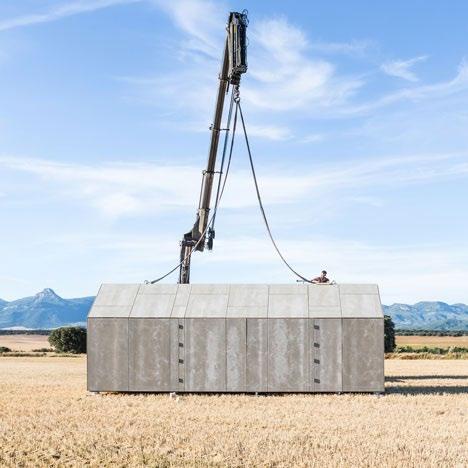
Temporary Domestic Structures
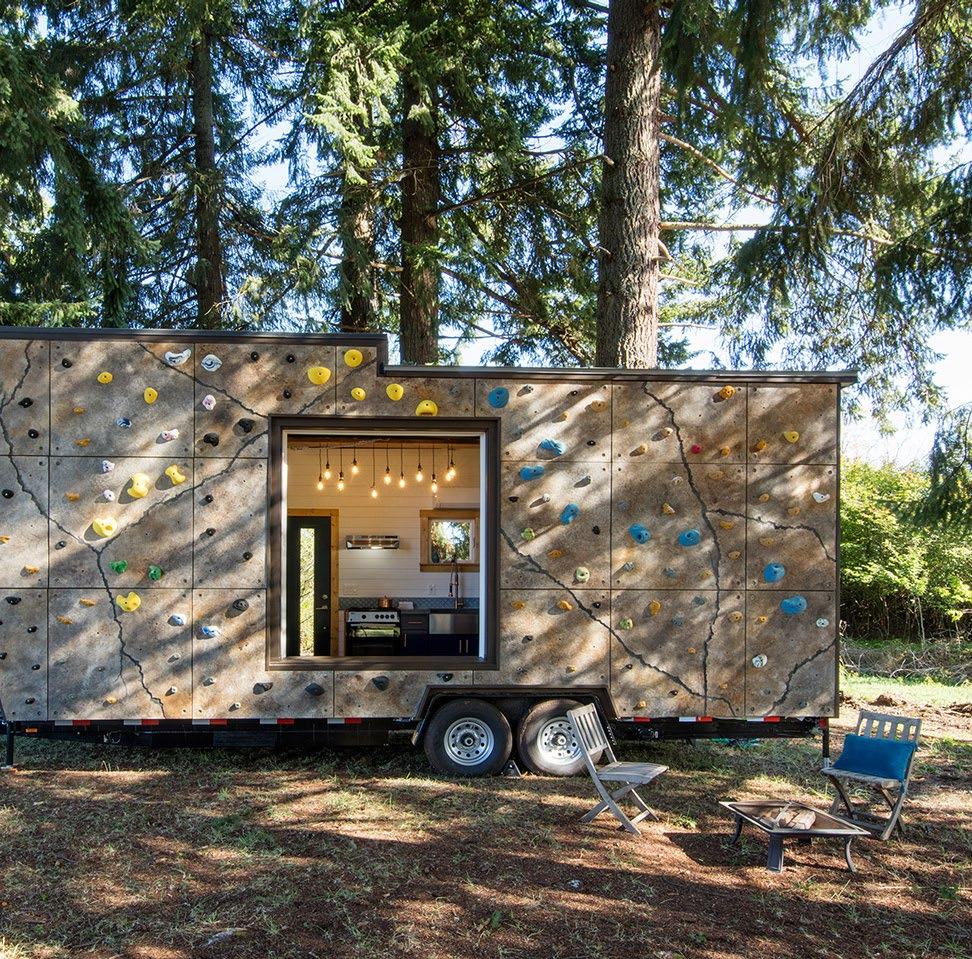

Generally temporary structures are built for public functions, creating spaces for short-term events such as festivals or temporary cultural events. They have a special character, that is somewhere between outdoor and indoor spaces. Their structures usually offer protection om rain and wind, and provide shading, but - in order to reduce material expenses- they do not necessarily tackle issues that are mandatory for domestic spaces, such as adequate thermal and sound insulation.
Looking at the wide variety of movable domestic spaces 3., 4 we can see, that in almost all the cases the mobile home is transported in one piece (or in bigger pieces) with the help of cranes and heavy transport. This approach seems to be the fastest and the most efficient one, however, the created spaces are very limited in terms of spatial flexibility; are very small in their sizes (offering space for 1 or 2 people, maximum for one family); and the homes are custom made products, designed and constructed for a very high price.
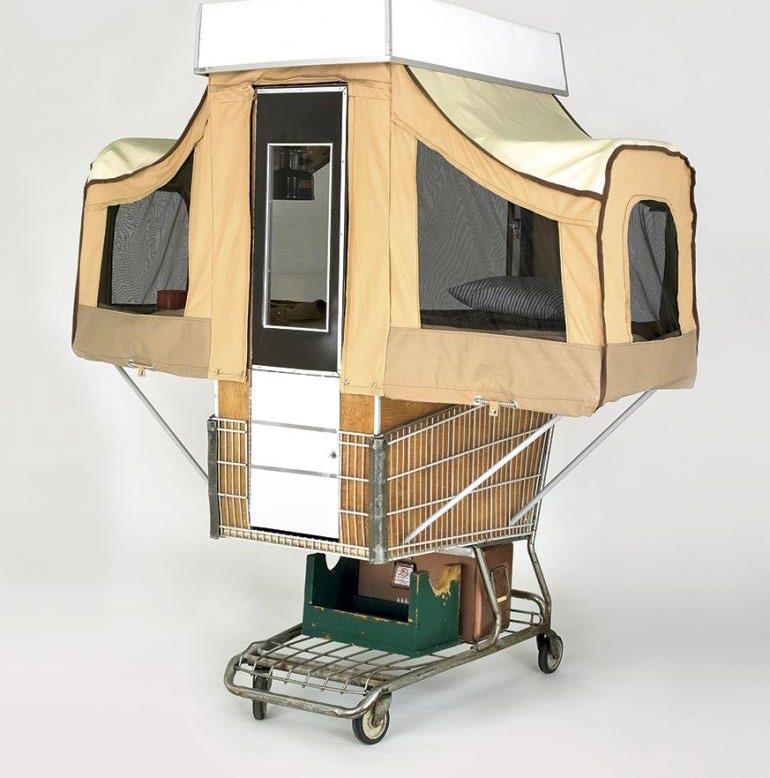
There is also a growing trend of installing mobile container homes on empty terrains to provide emergency municipality housing 5.,6 , but interviews show 7 that this is not the kind of architecture that tenants desire, as these fairly small homes are lacking space for storage, there is no possibility to personalise and decorate these spaces, and in addition, they do not have adequate thermal qualities especially on hot summer days. On the other hand, a container complex serving as a homeless shelter in London shows that these emergency homes do have the potential to create adequate personal space, but only if the future tenants are actively involved in the formation of these spaces, creating a sense of ownership and belonging.8. Furthermore, the project seams to be successful also in empowering the homeless individual, who can gain new skills and confidence while taking part in the refurbishment works.
Inspired by the empowering effect of building one's own home, I started looking at temporary projects, where the structure was made without using custom made elements, built together with volunteers and future users.
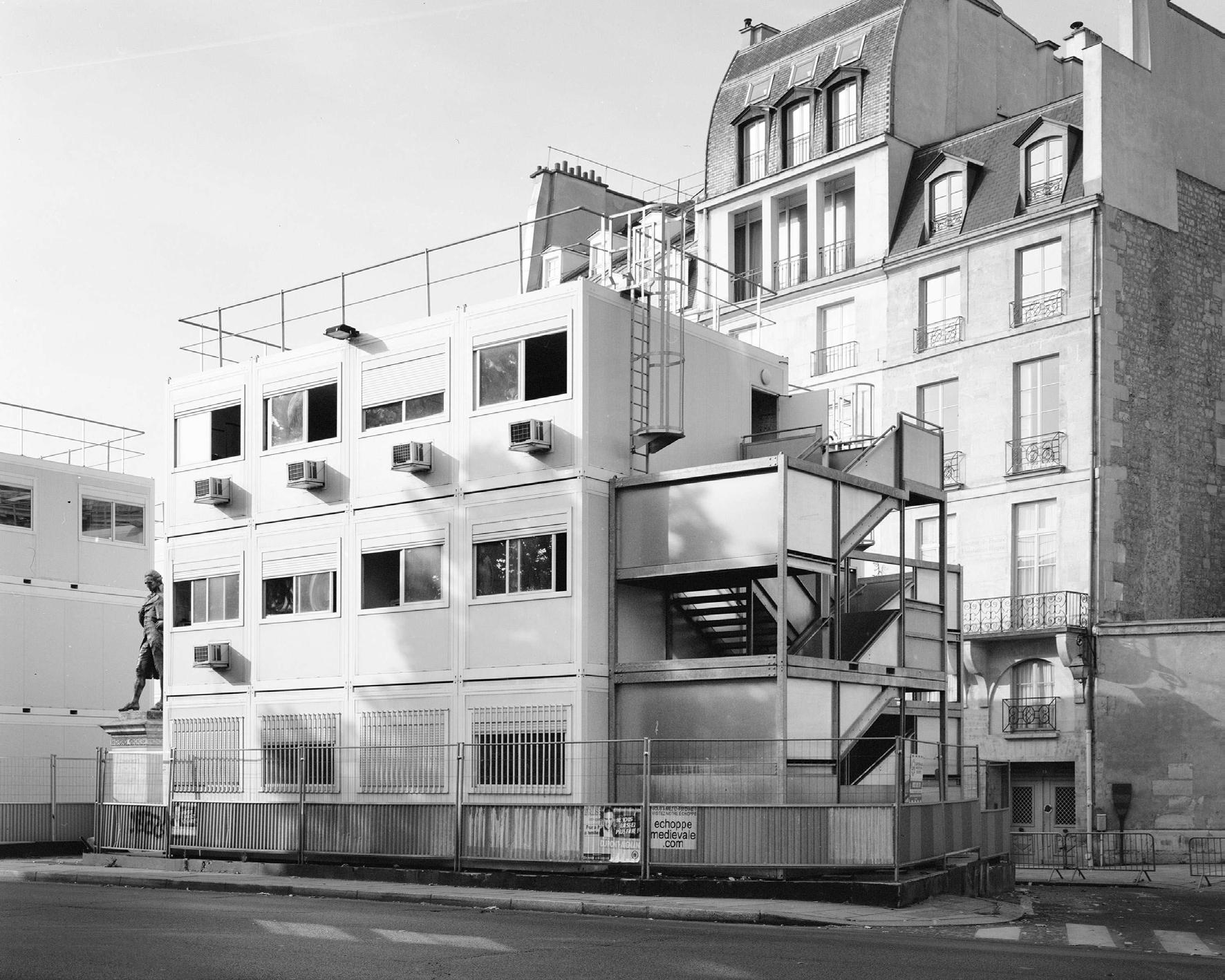
There is very little research about the degradation of such materials within the architectural discourses, but the Brussels based company Rotor has interesting studies investigating the topic. 9 In the book 'Usures : how things stand' it examines how the sign of wear gives us information about our environment, and how recognising the traces that users leave on their environment would help us design better and more environmentally cautions buildings.
It also highlights the importance of maintenance in order to preserve the original qualities and extend the life-cycle of the objects. The study highlight the di fferentiation between aesthetic value and functional value, pointing out that in certain case (e.g. patina) wear can even heighten our assessment of the visual qualities of an object.
It is important to recognise the agency that maintenance offer for its users. While taking care of it to prevent degradation, it gives the opportunity to add their personal touch to the environment that surrounds them.
Component Catalogue And Matrix
A er setting some constrains to guarantee a feasible solution, I collected building components that are durable and have dismountable connections in order to be re-usable; that can be constructed and dismantled within a really short period of time; and where elements were ready made products, which could be purchased om regular building material shops. At the same time, it was important that these construction should have an educative/community generator aspect, therefore I selected only those projects, where the assembly technique did not required special skills. Lastly, I focused only on those techniques, which would enable a rich variety of floor plans, in order to avoid rigid, repetitive spatial results.
Based on these criteria I assembled a reference building catalogue and evaluated their building components. As at temporary projects the time and the budget are the two most important factors, I aligned them within a matrix based on how fast is it to assemble them and how low their material cost would be.
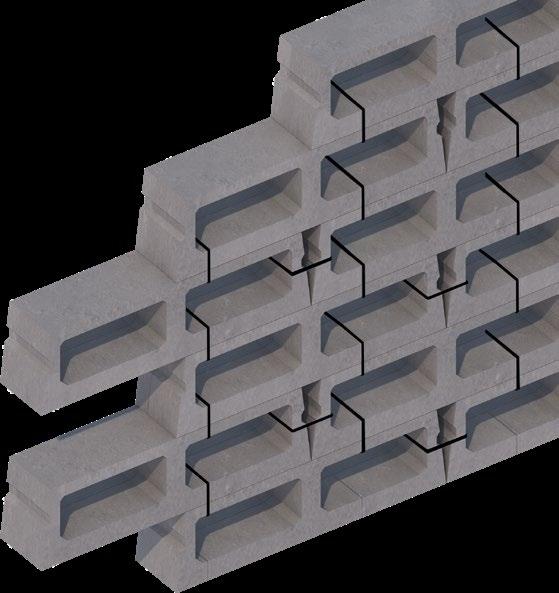
I made di fferent categories for structure, partition, infill, and foundation. Ideal components are situated in the top right corner.
For the evaluation I relied on prices and data available on the websites of Belgian material re-sellers. For estimating the time the general rule was, that the smaller the building components are, the longer it takes to assemble them.

PRICE: LOW
ASSEMBLING: SLOW
LOAD-BEARING STRUCTURE
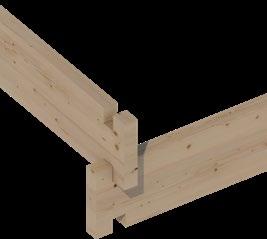
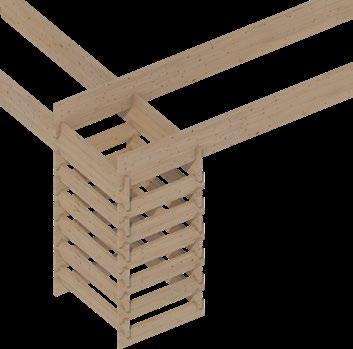
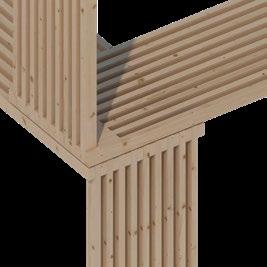
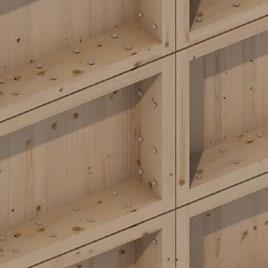
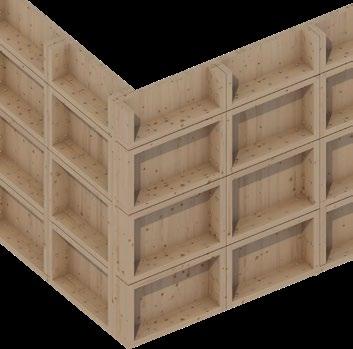
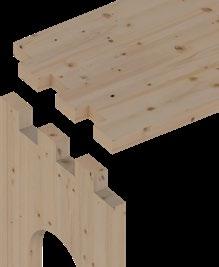

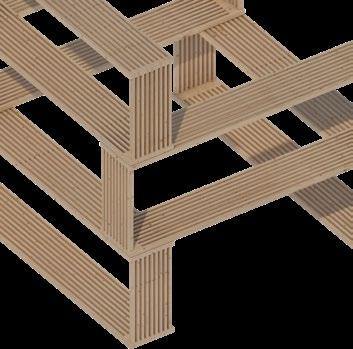
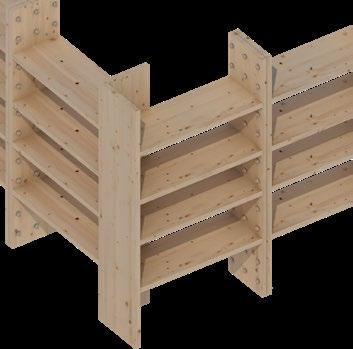
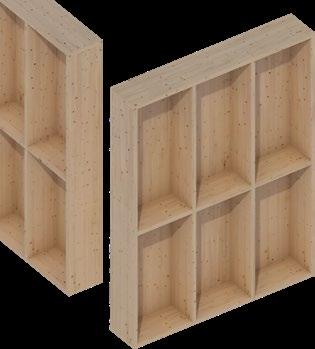
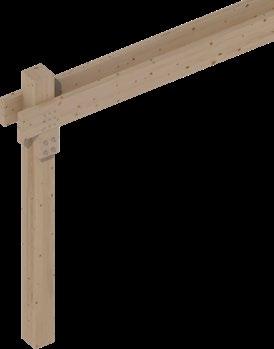
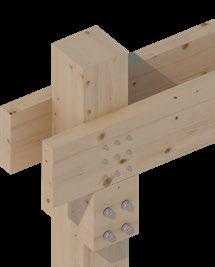
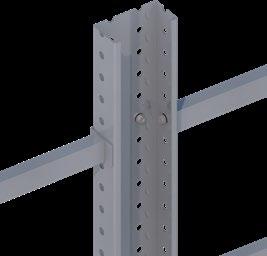



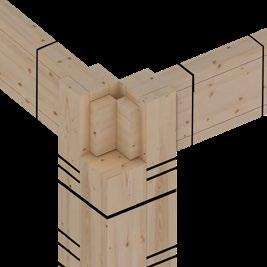
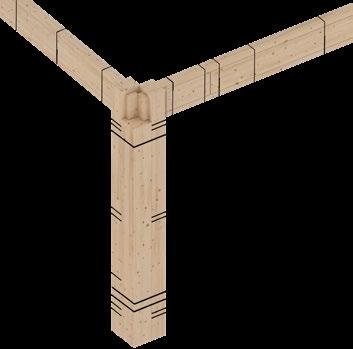

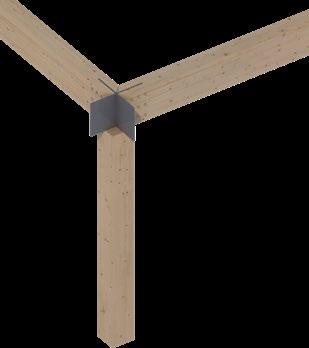
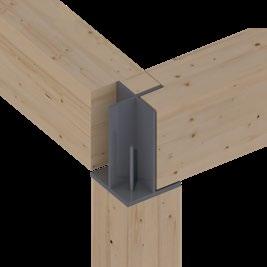
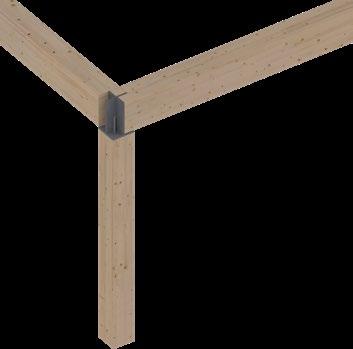

PRICE: HIGH
ASSEMBLING: FAST perforated
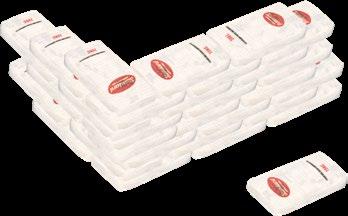
PRICE: LOW
ASSEMBLING: SLOW
External Partition
ASSEMBLING: FAST
ASSEMBLING: SLOW
INTERNAL PARTITION
ASSEMBLING: FAST
PRICE: LOW
PRICE: HIGH re-used waste wood “bricks” cement-fibre tiles
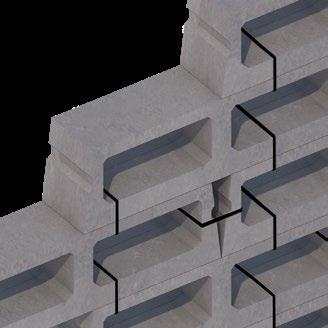
2x36x40 pvc mesh tarpaulin x126 1 €/ 2 kg kg plastic sheets tied concrete brick
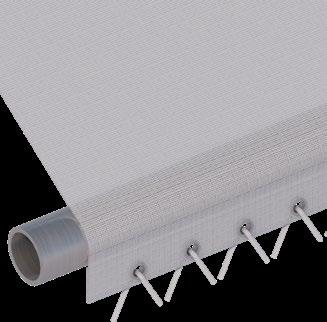
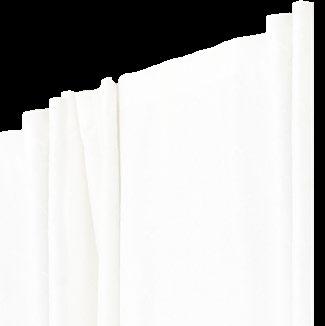
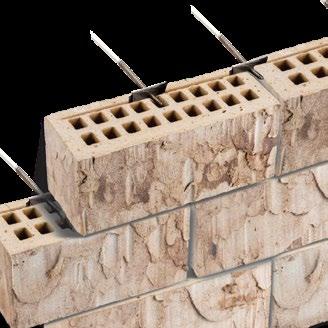
12x48x 12 €€€ kg kg kg timber cladding
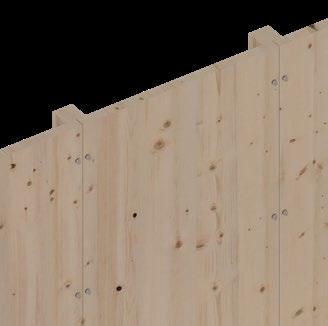
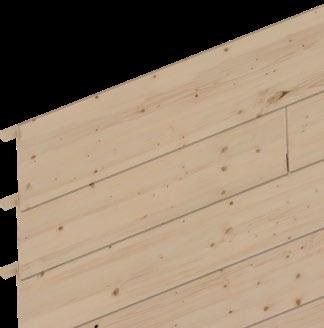
2.5x 20x 240
7 €/ 2 kg kg
2 €/ 2 5 kg/ 2 ‘ClickBrick’ 6x 18x6 17 €/ 2 kg kg kg kg polycarbonate wall panels 14 €/ 2 kg x 220x 3 €/ 2 2 kg/ 2


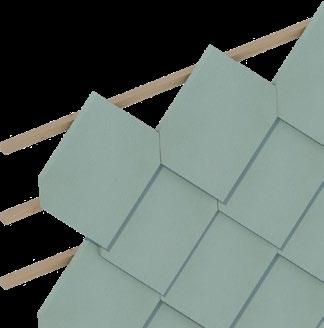
Papercrete brick 15x 15x40 5€ kg kg textile curtain 0.01x x 4 €/ 2 kg kg




‘knitted’ OSB panels
2.5x 120x 270 8 € / 2 kg kg metal sheets x90x45
8 €/ 2 kg kg
PRICE: HIGH
‘JUUNOO’ steel ame 0.12x60x 17 €/ 2 kg kg
‘knitted’ OSB panels
2.5x 120x 270
8 € / 2 kg kg plasterboard wall panels
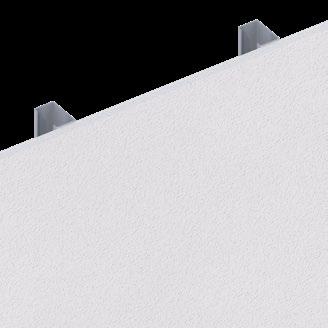
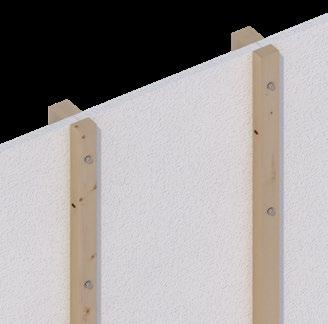

7 €/ 2 kg timper post paneling x90x45
8 €/ 2 kg kg polycarbonate panel 7 5x 120x 260 15 €/ 2 kg
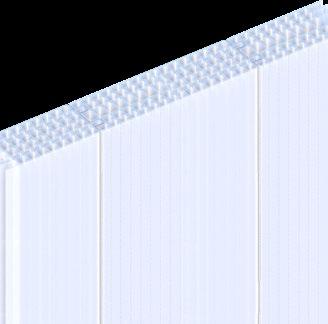

Extra attention was paid while choosing the foundations, since they have to adapt to various site conditions as the mobile homes travel om one site to another.
OFF-GRID INSTALLATIONS
There is no category comparing installations, however, I dedicated some time also to research independent and/or demountable piping, heating/ cooling and electricity systems.
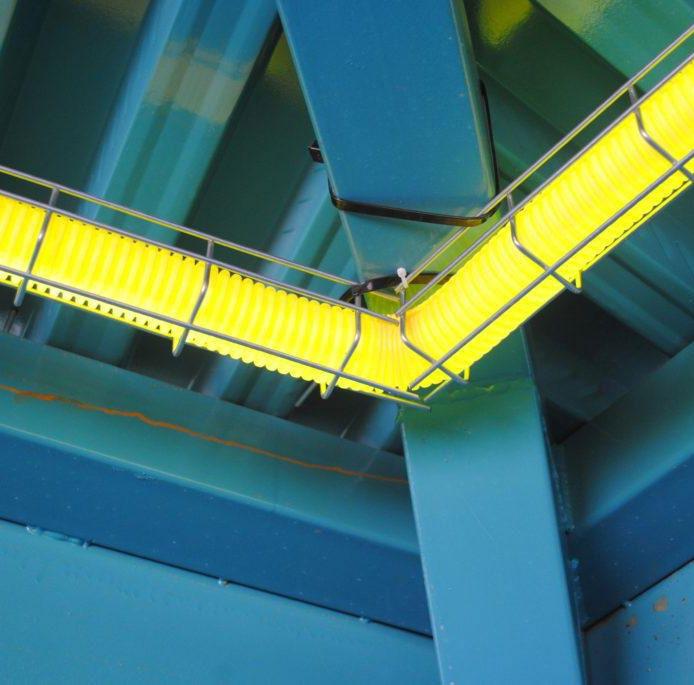
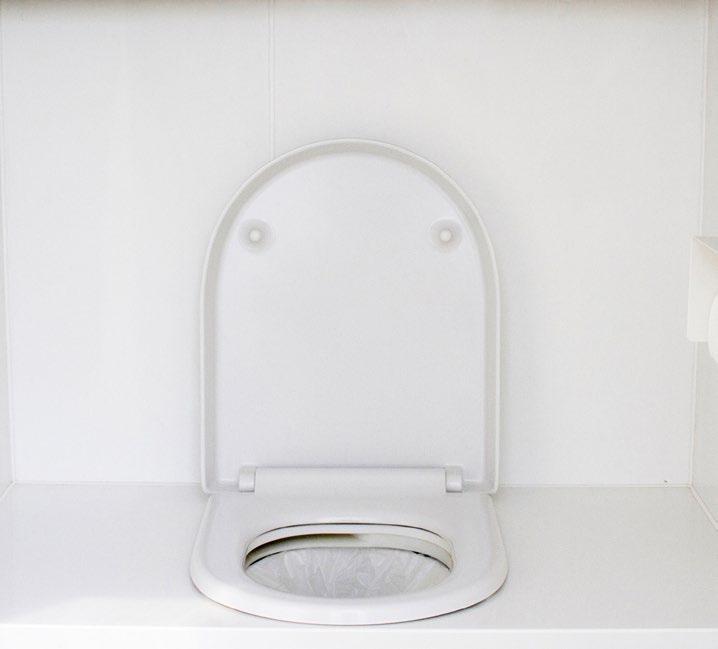
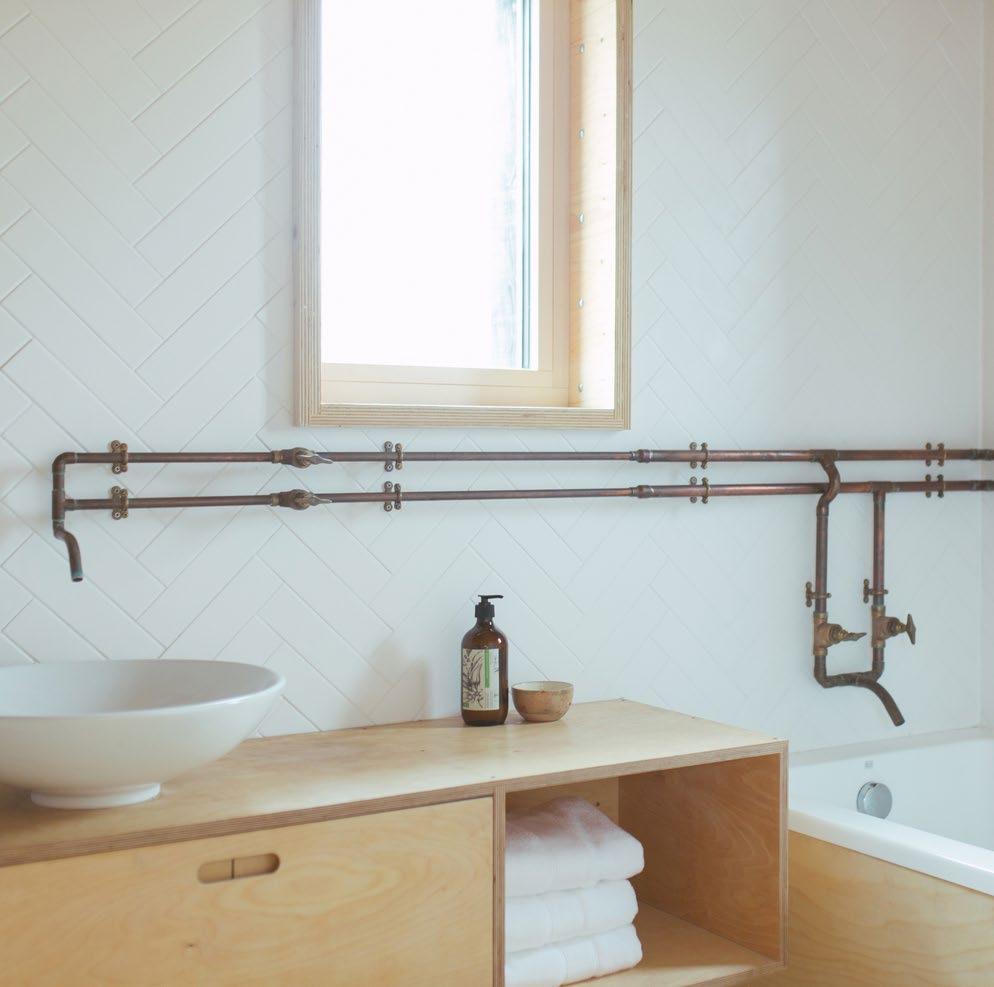
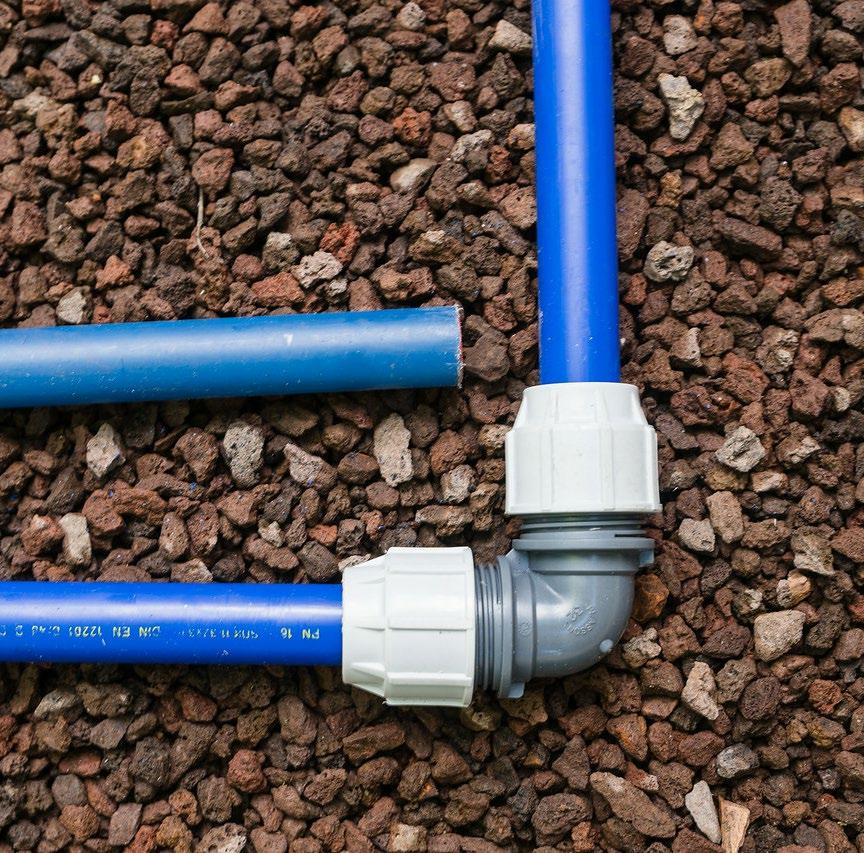
Examining the high level of complexity that buildings reach today with their fine-tuned, meticulous systems to provide the perfect thermal and acoustic conditions made me realise, that the biggest issue will be to figure out how to connect to the city's centralised in astructural system within a really short period of time; or alternatively, find a way to providing electricity, water and heating for the homes. Most certainly this phase would certainly slows down and significantly complicate the construction.
Therefore I collected systems that have either easily removable elements, or have the opportunity to work in a de-centralised manner. Many of the examples were inspired by nomadic settlements, or historical examples om well before centralised systems were invented. Wile reading Sébastien Marot's chapter in Elements of architecture10. it was interesting to follow how, for instance, hearty in a portable pot - a very temporary element - evolved into a fixed and fully-integrated heating system that is now an essential part of every domestic space.
The director of QED Properties, a company providing container homes for councils to set up emergency homes on empty lands, has a futuristic idea for solving the issue of in astructure. He envisions a site strategy, where pipes and ducts are readily installed on empty properties, so homes can be plugged in and out as temporary homes circulate around the city or around the globe. 11
Notes
:
1. "Pre-Cycling," umschichten, accessed March 22, 2020, https:// umschichten.de/pre-cycling/.
2. Communa ASBL, Rapport d’activité 2019, (2020), http://www. communa.be/rapport-dactivite-2019/.
3. Rebecca Roke, Nanotecture: Tiny Built Things (London: Phaidon Press, 2016)
4. Rebecca Roke, Mobitecture: Architecture on the Move (London: Phaidon Press, 2017)
5. Patrick Butler, "'They Just Dump You Here': the Homeless Families Living in Shipping Containers," The Guardian, last modified August 23, 2019, https://www.theguardian.com/society/2019/aug/23/they-just-dumpyou-here-the-homeless-families-living-in-shipping-containers.
6. Stephen Burgen, "Sardine Tins for the Poor?: Barcelona's Shipping Container Homes," The Guardian, last modified February 3, 2020, https:// www.theguardian.com/cities/2019/sep/06/sardine-tins-for-the-poorbarcelonas-shipping-container-homes.
7 Kyra Hanson, "What's It Like Living In A Shipping Container?," Londonist, last modified September 14, 2017, https://londonist.com/london/ housing/what-s-it-like-to-live-in-a-shipping-container.
8. Kyra Hanson, "What's It Like Living In A Shipping Container?," Londonist, last modified September 14, 2017, https://londonist.com/london/ housing/what-s-it-like-to-live-in-a-shipping-container.
9 . Rotor, Usus: état des lieux; Usures : how things stand (Bruxelles: Communauté ançaise Wallonie Bruxelles, 2010)
10. Sébastien Marot, "fireplace," in Elements of Architecture, ed. Rem Koolhaas (Köln: Taschen, 2018)
11. Rosie Spinks, "What if the Future of Housing Means Accepting That a Home Isn’t Permanent?," Quartz, last modified February 27, 2019, https://qz.com/1542887/london-provides-low-income-housing-in-modularshipping-containers/.








